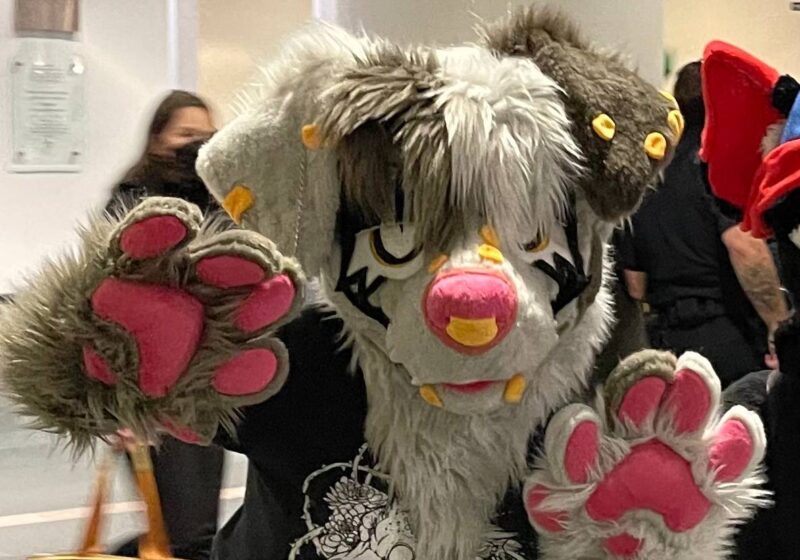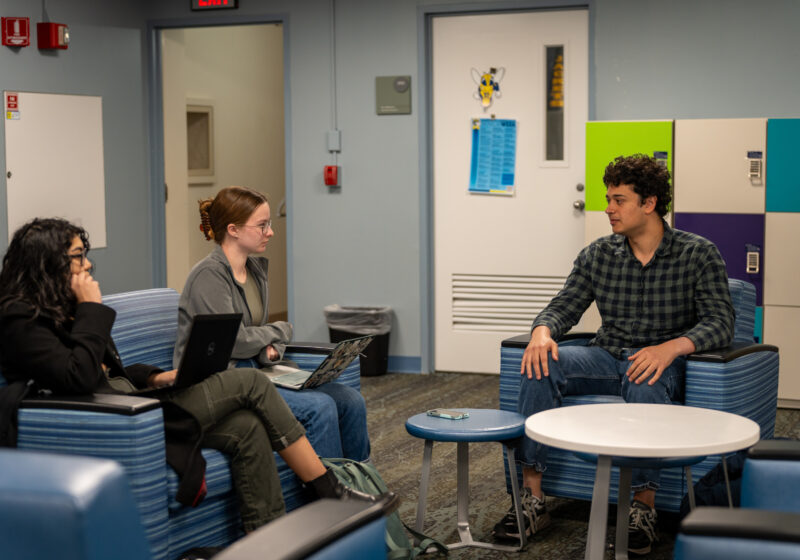On the University of Rochester Admissions Website, the “Living Here” section is divided into two pages: “Campus Life” and “Living in Rochester.” It’s an appropriate distinction, because life on campus is not at all comparable to life in the city. Isolated on our own peninsula, surrounded on one side by the Genesee and on the other by Mt. Hope Cemetery, we can barely consider ourselves to be in the real “Rochester,” and, because of this, our portrayal and understanding of Rochester is shallow and flawed.
When the Admissions website talks about Rochester, it highlights the strong arts scene in music, dance, and theater. It acknowledges the city’s notable past with photography and film, its ready access to outdoor recreation, and its history with women’s heritage. Eastman School of Music reports “Rochester’s cultural richness contributes to the city’s high marks for quality of life.” But whose quality of life are they referring to? Certainly, students can live a great life in Rochester at either of these schools, but we are not all of Rochester.
So let’s talk about Rochester.
Although Rochester was once an American boomtown, hurled into the spotlight of the photographic industry, this did not last. Between 2000 and 2011, the employment base for manufacturing in Rochester effectively collapsed, with Monroe County losing 42 percent of these jobs. In February 2016, the unemployment rate of Rochester was 5.1 percent, a number slightly lower than the state unemployment rate for its metro areas.
In terms of housing, regional home values have been stable since 2000, and housing tends to be more affordable here than in the rest of the state, with a ratio of home value to income of 1.9, versus the state’s 3.9. When purchasing a home, the median price is significantly lower than state and national averages.
Homelessness is a serious problem in the Rochester region. There has been a 59-percent increase in emergency shelter placements in Monroe County since 2000, suggesting that the rates of homelessness have significantly increased over time. In 2014, an estimated 11.2 people for every 10,000 people in Monroe County were homeless at any given time.
Education is an ongoing struggle, as well. Only 51 percent of Rochester students who began high school in 2010 graduated within four years. Compared to the national average of 81 percent, this number is shockingly low. The graduation rates also varied according to students’ ethnicities, with white students having the highest number at 63 percent, African-American students graduating at a rate of 52 percent, and Hispanic students at 43 percent. What’s more, of those 51 percent of students who do graduate, many are not ready for college.
For much of Rochester’s history, lucrative and high-salaried jobs were not available to minorities, and although equal access to employment opportunities is more supported today, the concentration of the poor is a result of that past. Race and ethnicity do not equal poverty, but within the greater Rochester area, their correlation is clear.
In terms of poverty, we have a real problem. According to the “Special Report: Poverty and the Concentration of Poverty in the Nine-County Greater Rochester Area,” Rochester is the fifth-poorest city among the top 75 largest metropolitan areas. Among comparably sized cities in those metro areas, Rochester is the second-poorest. We have the poorest school district in Upstate New York, and the poorest urban district in the entire state.
There are several groups on campus who reach out into the urban community to help change many of these statistics. Even Wilson Day is a good representation of how we can impact the City of Rochester. According to the UR Economic Impact Community of Greater Rochester report, the University is “the catalyst for over 50,000 jobs overall.” It has been a game-changer in the economic development of the Mt. Hope Neighborhood, and its campuses are continuously expanding their new academic and medical offerings, as well.
I’m not suggesting that the Admissions website add a tab called “Everything Wrong with Rochester,” and that certainly hasn’t been the theme of this piece, but I think it is important that we have a more widespread understanding of what’s really going on in the City of Rochester, because we’re a part of it. We shouldn’t just look at the Rochester cityscape and only see an idealistic community for art, music, and photography, but neither should we walk through downtown and see only a ghost town. It’s a little bit of everything and that’s okay, but we should do it the justice of seeing it entirely.


